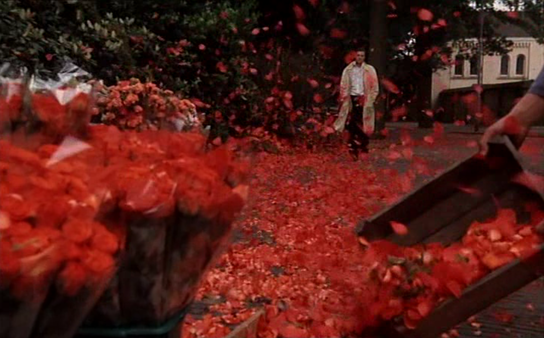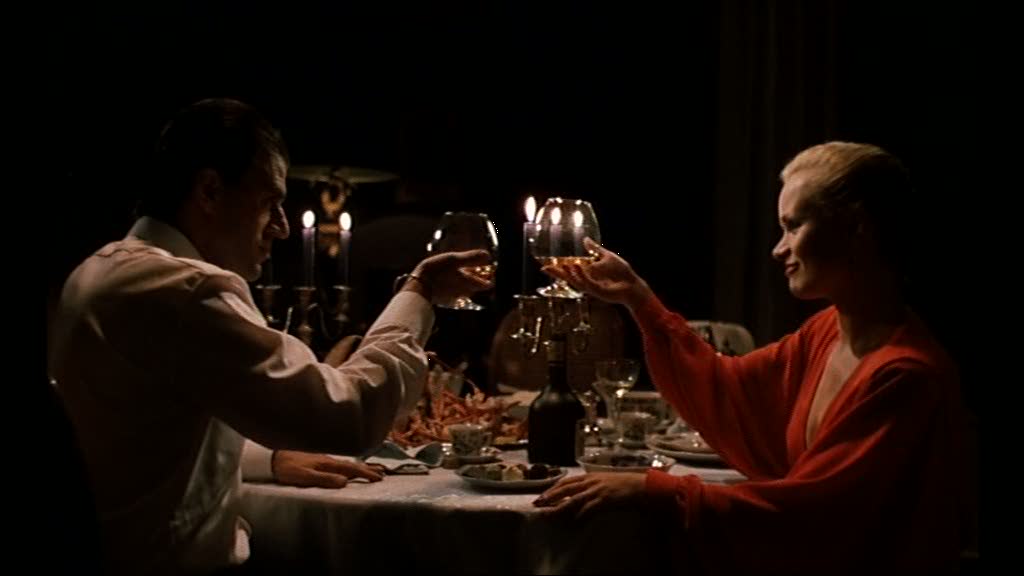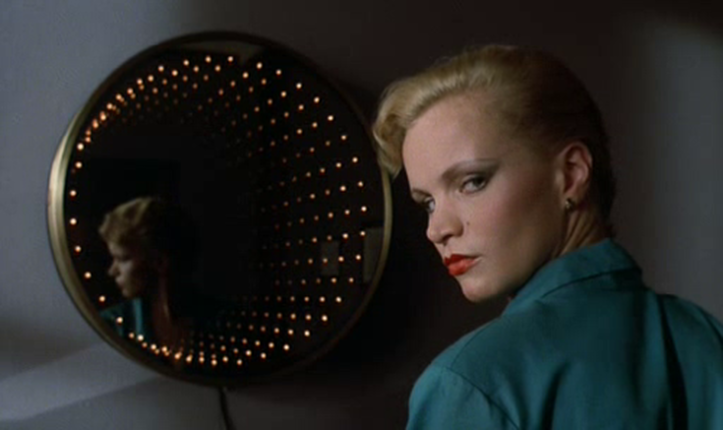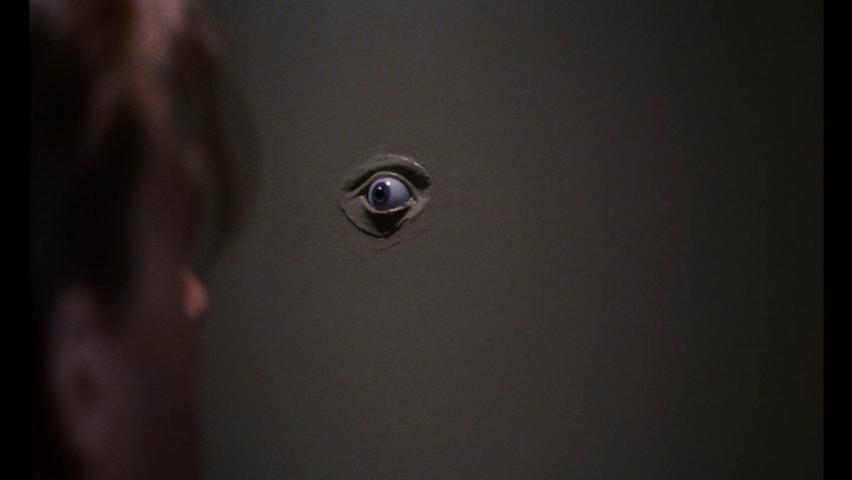 Gerard Reve, a famous writer, is invited to give a lecture at the literature club of Vlissinger. An alcoholic and overall morbid human being, Gerard arrives by train, where he beings to experience frequent visions of death and violence. At the literature club Gerard hits it off with Christine Halsslag, a weathly widow, with the two engaging in a one night stand. The next morning Gerarld catches a glimpse of Christine's boyfriend, Herman, and convinces Christine to invite him to the house, secretly intending to seduce Herman behind Christine's back. Soon after Herman's arrival, Gerald begins to suspect that Christine is responsible for the death of all her past lovers, questioning whether Herman or himself will be next. Paul Verhoeven's The Fourth Man is a stylstic tour-de-force that unfolds into a subversive thriller where reality and perception become completely intertwined. Dripping in sex appeal, The Fourth Man explores desire and lust, being a film far ahead of its time in its portrayal of bisexuality. Verhoeven plays with the viewers perceptions, never making it clear whether Gerard is suffering a mental breakdown or Christine is in fact a murderer, using religious imagery and surversive style to keep the viewer completely unsure from start to finish. Red is abundant through The Fourth Man, a symbolic representation of both death and arguably lust, with Gerard being a deceitful man who is fueled by his lust for Herman. It may be a bit of a stretch, but Verhoeven's heavy use of religions imagery may also shed light into his true intentions, showcasing a man who is crumbling under the pressure of his catholic upbringing due to his lust for other men. Stylistically seductive, Paul Verhoeven's The Fourth Man very well could be the filmmakers greatest achievement, delivering a truly unforgettable erotic thriller.
0 Comments
Leave a Reply. |
AuthorLove of all things cinema brought me here. Archives
June 2023
|



 RSS Feed
RSS Feed
